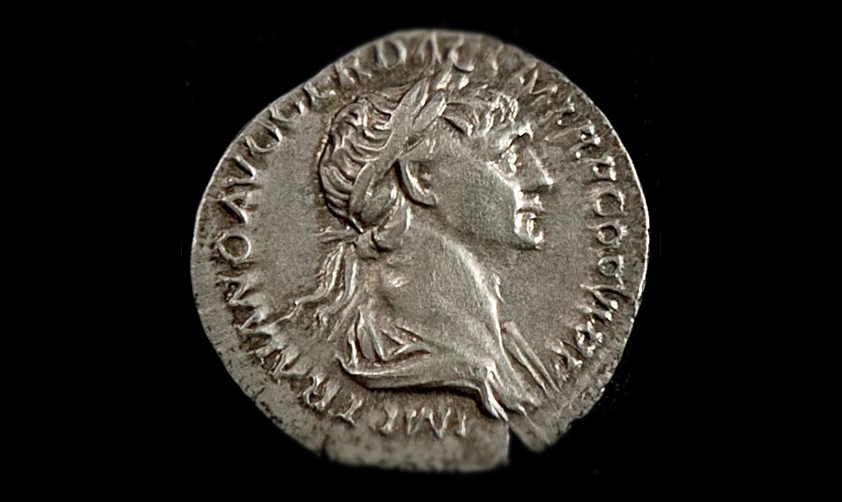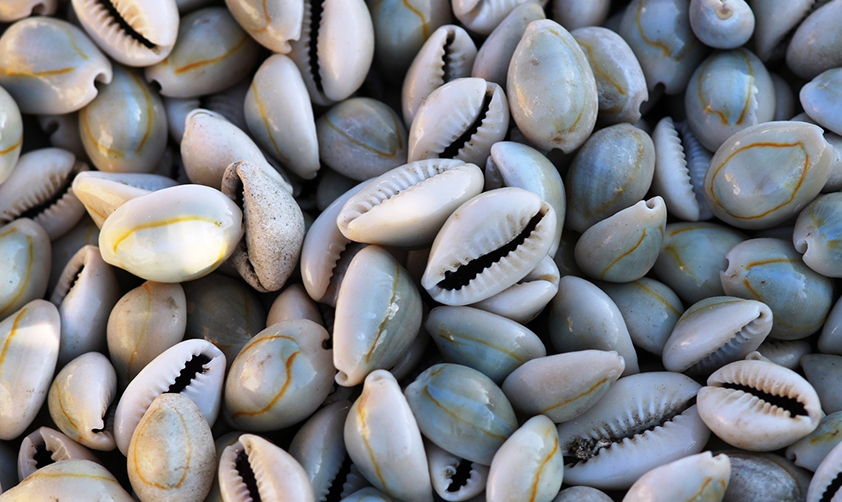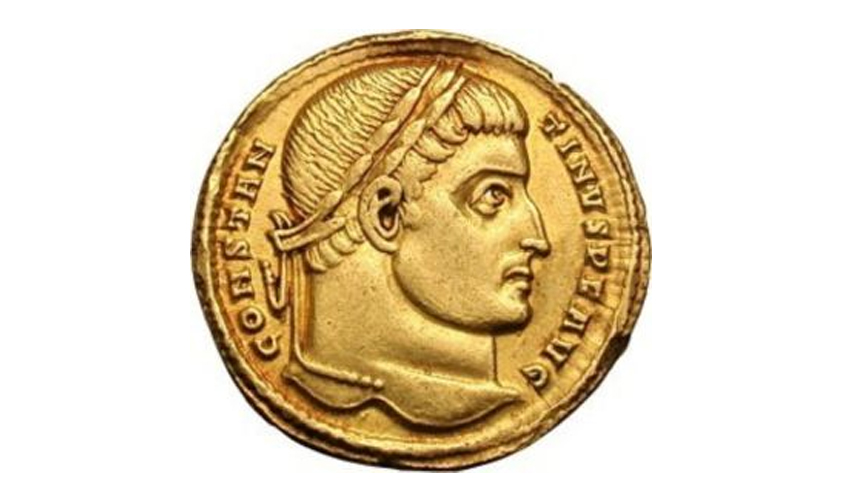'Neither Holy, nor Roman, nor an Empire' was Voltaire's scornful comment on the empire that was proclaimed on Christmas night in the year 800 ce, when the Frankish king Charlemagne was crowned emperor of the Romans. The Holy Roman Empire sought to defy time, given that imperial authority in the West had long disappeared, and space, given that it could not compare with its illustrious predecessor in terms of territory, and, above all, it sought to defy the legitimate Roman imperial authority, which resided in Constantinople.
In short, the Holy Roman Empire was undeniably quite different from the Roman Empire. As an institution, it was a network of local potentates based on loyalty and guaranteed by the authority of the emperor, not as a state governed by a complex bureaucracy and a centrally organized army. Yet, compared with the Roman Empire, the material conditions were dramatically different, marked by a regressive, fragmented and often just a subsistence economy. This was also clearly reflected in the way money was used very little, mostly replaced by barter, given the low volumes of trade. In this context, money's primary function was that of a modest store of value, which people would stash away for future contingencies (over time, a substantial number of such private caches have come to light, in fact). But what kind of coins were they?
They were called denarii, cast in silver, and were a pale echo of the far more glorious Roman denarius. The title of the denarii, i.e. the percentage of precious metal they contained, was less than half of their nominal value, and they were not particularly beautiful either. Silver was chosen on the grounds that the monarchy controlled silver mines, whereas gold was both scarce and unsuitable for that type of economy, because of its enormous purchasing power. If a gold coin was found, it was most likely a Roman solidus, i.e. a foreign coin from the empire of Constantinople. The most curious feature was that Carolingian money had no divisional currency, i.e. no submultiples were available and nor were there any larger denominations. Imagine if all we had today were one euro coins, with no 50, 20, 10 and 5 cent pieces, and no 5, 10, 20, 50, 100 and 200 euro banknotes.
The absence of divisional currency was probably due to cash transactions being so scarce and also to the low intrinsic value of the currency. At the same time, however, having no multiples must have complicated such common practices as the quantification of wages, prices, levies and taxes, donations and rents. Even when transactions were carried out as barter, they still needed a nominal monetary value, but money was such a debased currency that it was hard to use as a reference: the resulting figures were too large. In short, Carolingian money was no longer able to fulfil one of the three functions of money, i.e. as a unit of account. When we also consider that calculations were made using Roman numerals (by the few who could write and count), and that the 'zero' from Indo-Arabic numeration was not available, we can see how things really got complicated. Managing large numbers in denarii was a real feat, so much so that people reverted to units of weight (the pound, or 'libra' in Latin). The Roman libra, corresponding to 324.72 grams, was still in use as a unit of weight in the first three centuries (5th-8th ce) of the early Middle Ages (5th-10th century ce). Charlemagne acknowledged this need and enacted a monetary reform between 793 and 794, while he was still king of the Franks. The reform basically established that
- the weight of a libra of silver was raised to match the value of 240 denarii,
- and the former solidus no longer indicated the Roman gold coin, but a unit of accountcorresponding to 12 denarii.
This led to the following system of ratios in the Carolingian monetary system: 1 libra = 20 solidi = 240 denarii, with the denarius as the only coin in actual circulation. With the introduction of this standard, the pound lost part of its connotation as a unit of weight and became a monetary unit, the lira, which Italian economic historian Carlo Maria Cipolla defined as 'heavy', precisely because one lira was worth 240 denarii. While the lira was a virtual multiple of the denarius, its 'weight' would fall steadily as the denarius was progressively devalued, and when trade resumed after the year 1000, it was replaced with coins of greater value and prestige, such as the grosso, the florin and the ducat. In Italy, the lira was later to return as the national currency, starting with the reforms of the Napoleonic period and the subsequent unification of the Italian peninsula.
Despite its devaluation, the lira continued to be used as money of account for a long time, but only became a metal currency in the mid-16th century, more than seven centuries after the Carolingian reform! It was therefore something of a 'phantom' currency, which nonetheless allowed European merchants who held different currencies to draw up a transaction in lira and then convert that value back into the local currency. In a famous letter of exchange from 1410, on display at The Adventure of Money exhibition in Rome, on loan from the Datini Fund and held at the National Archive in Prato, you can still read:
In the name of God, on the fifth day of February 1410
Pay, by [means of] this first letter, on sight on day 16 of the month, four hundred and eighty-three lire, twelve soldi and five denarii to Guirardo Catani, that is 1 Barcelona lb., 483 s. 12 d. 5; for 617 francs, 7 soldi, 8 denarii in gold, paid to us, [at a rate of] 15 soldi and 8 denarii per franc. Make good the payment and put it on the account of Bartolino di Nicolao Bartolini of Paris. [4] May Christ protect you. Paid on day sixteen on sight.
Antonio di Neve of Montpellier, greetings.
Accepted on day 15 February 1409.
These 483 lire (or pounds) were not in the currency of Barcelona, but just indicate the amount to be converted back into the currency of Barcelona.
The lira was not the only example of a currency used as money of account. There were also virtual and private currencies that were created in exchange fairs, where financial assets (rather than goods) were traded. One such fair was held at Bisenzone, near Piacenza, and involved a virtual currency called the 'scudo di marche'. Monetary phenomena often go down unforeseen paths when money is not managed in accordance with purely economic needs; which is one of the reasons why money is now governed by specialized institutions such as central banks.









